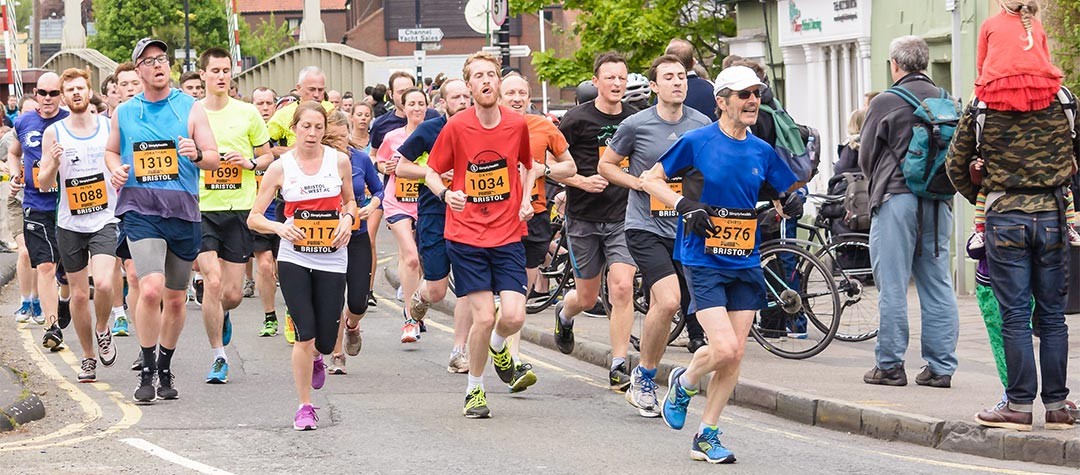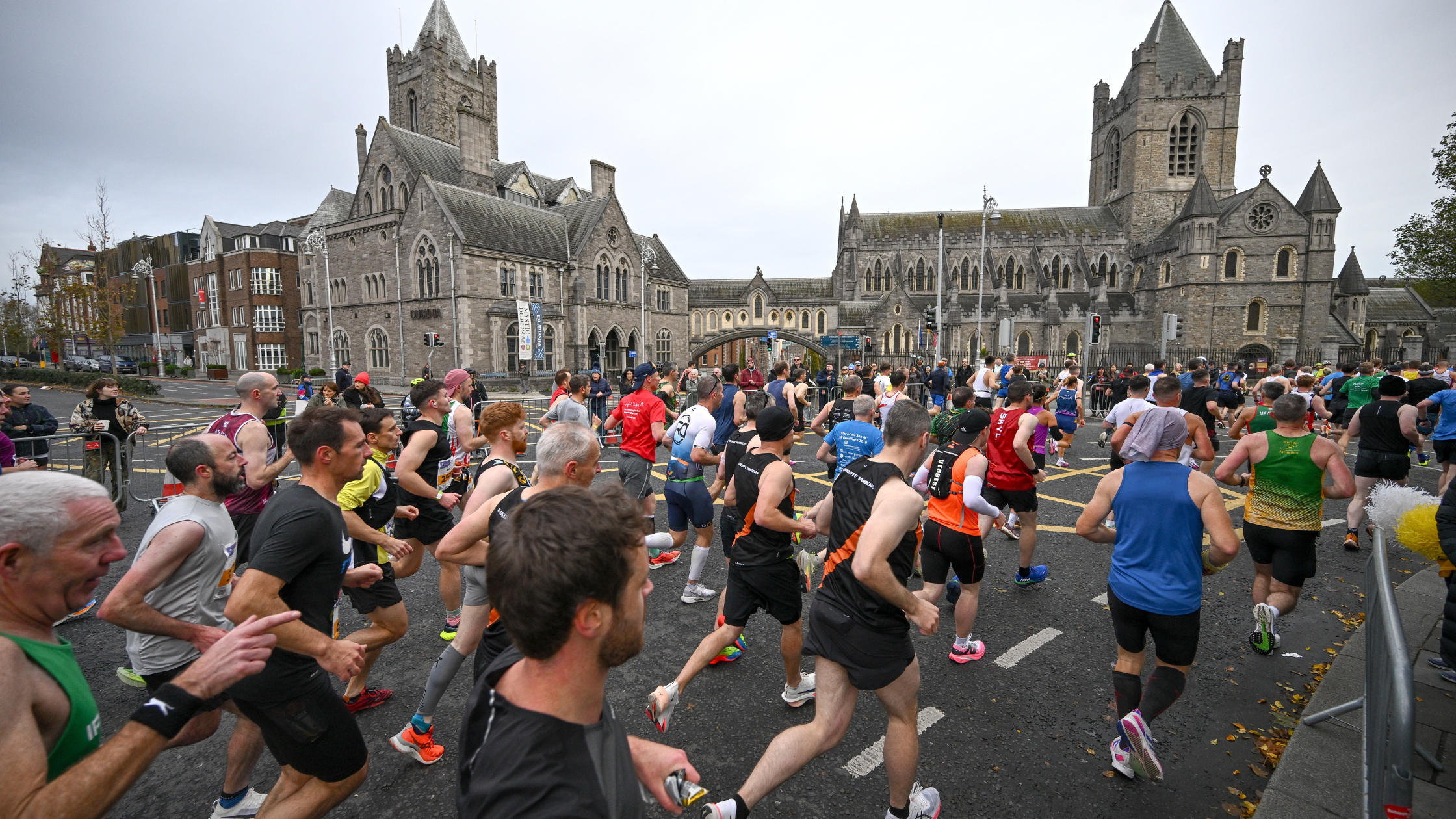In cycling the tactic of drafting is commonly used as a means to conserve energy, but can the same tactic be applied to running?
Whilst runners aren’t known for heeding to the laws of aerodynamics in the same way as cyclists, research has shown that the faster you run the more energy is required to overcome air resistance. Essentially as you run you have to use effort to push through the air.
As you move through the air, creating drag, a pocket of air is formed behind you (a slipstream) that is travelling at the same speed. Therefore if another runner sits behind you in this slipstream they are able to conserve energy as they don’t have to push through the air in front as it’s already moving at his/her speed.
This would suggest that there is a clear benefit of ‘tucking in’ and sheltering behind other runners, particularly if it is windy as running into a headwind can significantly further increase energy costs.
Effective drafting
However, in order for ‘drafting’ to be effective you do need to be really quite close to the runner in front of you. If you are literally and figuratively breathing down their neck and clipping at their heels you almost certainly won’t make yourself very popular, particularly when it’s windy and your tactic becomes even more obvious. Not only are you likely to be invading their personal space, but if it goes against the spirit of sportsmanship.
Drafting is entirely legal in running. However, in order to strike the balance between maximising your performance and not antagonising your rivals to the point of no return perhaps you can offer to ‘share the pace’ if you are running in a small group. Taking it in turns to lead the group for an agreed distance, perhaps a mile each, will help you all to reap the benefits of drafting whilst pushing each other on to a higher level of performance.
Benefits of clustering
In addition to drafting, there are some clear benefits to running in a group (sometimes called clustering) as opposed to running solo . Most runners will argue that running in a pack requires significantly less mental energy than running alone, and therefore your perceived effort is lower. Running in a group provides a distraction from any pain and discomfort that you may be in as you are concentrating on keeping with the pack.
You are also more likely to maintain pace when running in a group due to the group dynamics of sharing a goal and of course the competitive nature of racing.
Editorial credit: Jacek Wojnarowski / Shutterstock.com















